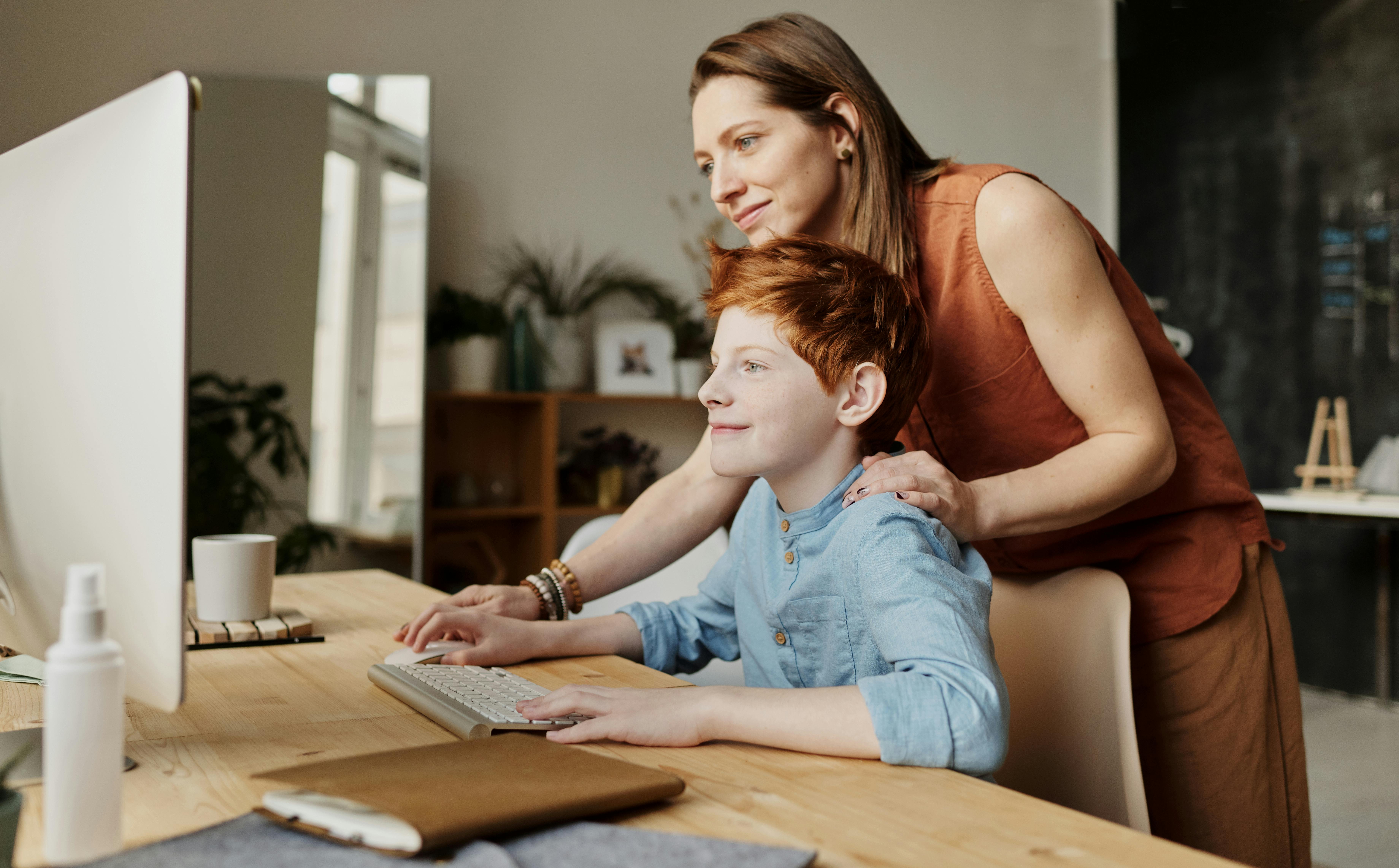
With all the hype surrounding solar energy lately and all the talk about saving our planet, now is the time for you to take the plunge of $15-30,000 and put solar panels on your roof. I think the time is right as costs have come down dramatically in the last 5 years and government subsidies are high enough that affordable solar systems for your home have become a reality and are a good investment. At the same time, if enough of us take this route, we are reducing our demand for foreign oil and the impact of greenhouse gases on our environment.
Purchasing a solar panel system to generate power for your home is one of the biggest investments most of us make in our lifetime and should not be taken lightly. This is the same amount of money most people spend on a car, but that market has matured, so it’s hard to make a bad decision. Solar power is a little different because it’s so new and technology is changing so fast that it’s easy to make a mistake if you don’t spend some time thinking about your purchase.
Is your house suitable for solar energy?
This is the first question you need to answer, as many homes are not good candidates for a solar system. You need an area on the ground or on your roof that gives you an unobstructed view of the sun looking within 30 degrees south. Many houses will be surrounded by trees and cutting them down is not a good option. Most houses have small backyards and would lose their play space if they installed solar panels on the ground. Solar PV panels don’t weigh much, so your roof structure should suffice, but if you have a flat roof, you’ll need to build a frame to tilt the panels toward the sun.
Don’t buy more power than you need.
This is one of the most common mistakes. You can look at your energy bill and see that your home uses 25 kilowatts of electricity per day, so you should purchase a solar panel system that generates enough power to meet these needs even during the winter months. With this standard, the owner would buy a system twice as large as he needs. For a grid-connected system, you never want to generate more power than you use on average for the year because your electric company won’t finance you at the retail rate, and maybe not finance you at all. When planning your solar power system, you should plan to produce around 80% of your annual demand and let the grid provide additional power when you need it.
Analyze your financial recovery.
Even if you’re motivated by green considerations, you should take a close look at the number of years it will take to pay off your initial investment. To calculate this, divide your net investment, which is the cost of your system minus your tax credits and rebates, by your projected annual savings. You should get an answer of 12-15 years payback on a residential solar system. Since most solar panels carry a 25-year warranty, and their projected lifespan is much longer than that, you can expect plenty of free electricity in your retirement years.
Should you hire a contractor or do it yourself?
Most people will hire a contractor since a qualified contractor will have the skills and knowledge to complete the entire project, including help in obtaining all tax credits and refunds. In addition, the contractor must be under contract with the manufacturer to service the warranty. However, this service has a high price. A contractor will charge for labor and overhead, and will also charge a surcharge for all materials. If you are handy, you can easily handle the entire installation and wiring yourself. You will need to hire a qualified electrician to do the grid connection as this is required by most building and utility departments. If you want to save even more, you can make your own solar panels or purchase solar panel kits.